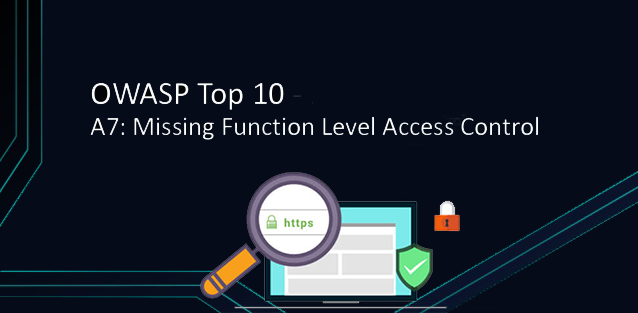In an age where cyber security becomes more important day by day, cyber attacks continue to develop using different methods. One of the most insidious and dangerous among these methods is social engineering attacks. Social engineering is an attack method based on manipulating human psychology to obtain users’ sensitive information or persuade them to perform undesirable actions. Attackers try to infiltrate systems using the information they obtain through these methods. These attacks aim to distract users and prevent them from thinking logically by using elements of trust and deception. In this article, we will examine what social engineering is, how it works, and how to defend against this threat.
Anatomy of Social Engineering
Social engineering attacks generally aim to gain the trust of target individuals by posing as a reliable source. Attackers manipulate their victims, convincing them to reveal confidential information or violate security protocols. Such attacks can be carried out through email phishing, phone calls, or face-to-face interactions.
Types of Social Engineering Attacks
Social engineering attacks can be carried out using different methods. Some of the most commonly used methods include:
- Phishing: Attacks aimed at obtaining users’ personal information through fake e-mails, SMS or websites.
- Baiting: Files or links containing malicious software are presented to users that attract their attention and make them click.
- Quid Pro Quo (Mutual Advantage): By offering users a fake benefit or service, they are asked to provide sensitive information or perform undesirable actions.
- Pretexting: Used to gain users’ trust and obtain information or action from them by creating a fake scenario.
Penetration Testing and Social Engineering
Pentesting (pentest) is a systematic approach used to assess the cybersecurity status of an organization. Penetration testing studies, which play an important role in ensuring cyber security, can also be used against social engineering attacks. During penetration testing, ethical hackers try to gain unauthorized access to systems and data using different social engineering techniques. In this way, it can be determined how resistant systems and users are to such attacks and necessary security measures can be taken.
Defense Strategies
Defending against social engineering attacks requires a multi-layered approach. First, it is necessary to start with employee training and awareness programs. Employees must be able to recognize social engineering tactics and report suspicious behavior. Second, technical defenses must be strengthened. This includes strong password policies, two-factor authentication, and regular security updates.
Social engineering poses a constant threat in the world of cybersecurity. However, this threat can be minimized with conscious employees and solid technical defenses. Penetration tests and pentest applications play a critical role in strengthening the defenses of organizations. Cybersecurity is not only about technology but also about the human factor, and therefore it is necessary to be proactive in both areas.
Protection from Social Engineering Attacks
It is very important to raise user awareness and take the necessary security measures to protect against social engineering attacks. The following precautions can help protect against such attacks:
- Awareness raising: It is important to inform users about social engineering attack methods and teach them how to be careful against such attacks.
- Strong passwords: It is necessary to use strong and unique passwords for different accounts and not share these passwords with anyone.
- Software updates: Keeping the operating system and software used up-to-date provides protection against attacks by closing security vulnerabilities.
- Be careful before clicking: Before clicking on links received in e-mails, SMS or websites, you should be careful and check the reliability of the link.
- Sharing of personal information: Personal information should never be shared with unknown persons or unreliable websites.
Social engineering attacks are one of the biggest threats in cybersecurity. It is very important to raise user awareness and take the necessary security measures to protect against such attacks. To ensure cyber security, methods such as penetration testing can be used to increase the resistance of systems and users against such attacks.
Note: This blog post is for informational purposes only. If you need support on any cybersecurity-related issue, we recommend you contact us.








